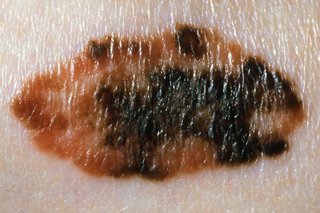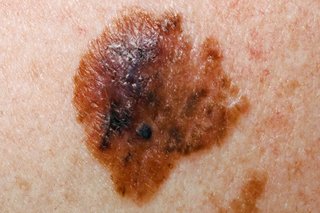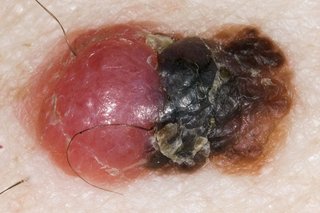Moles are small, coloured spots on the skin. Most people have them and they're usually nothing to worry about unless they change size, shape or colour.
Most moles are harmless
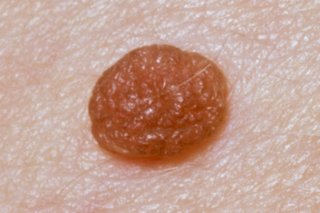
SCIENCE PHOTO LIBRARY
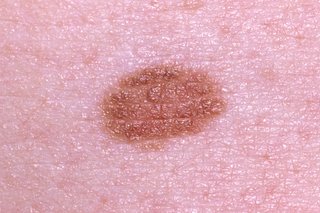
DR P. MARAZZI/SCIENCE PHOTO LIBRARY
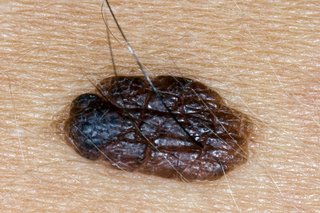
DR P. MARAZZI/SCIENCE PHOTO LIBRARY
It's normal for:
- babies to be born with moles
- new moles to appear – especially in children and teenagers
- moles to fade or disappear as you get older
- moles to get slightly darker during pregnancy
Non-urgent advice: See a GP if you notice a change in a mole
It's important to get a new or existing mole checked out if it:
- changes shape or looks uneven
- changes colour, gets darker or has more than 2 colours
- starts itching, crusting, flaking or bleeding
- gets larger or more raised from the skin
These changes can happen over weeks or months. They're sometimes a sign of melanoma, a type of skin cancer.
See examples of melanoma
Could you have a cancerous mole?
Use this test to find out whether you may have a mole that needs to be checked.


If your GP thinks it's melanoma
You'll be referred to a specialist in hospital. You should have an appointment within 2 weeks.
The main treatment for melanoma is surgery to remove the mole.
Cosmetic mole treatment
Most moles are harmless. Harmless moles are not usually treated on the NHS.
You can pay a private clinic to remove a mole, but it may be expensive. Your GP can give you advice about where to get treatment.
How to prevent cancerous moles
UV light from the sun can increase the chance of a mole becoming cancerous. If you have lots of moles, you need to be extra careful in the sun.
It's important to check your moles regularly for any changes.
There are some things you can do to protect your moles from sun damage, especially during hot weather.
Do
- stay in the shade between 11am and 3pm, when sunlight is strongest
- cover skin with clothes – wear a hat and sunglasses if you have moles on your face
- regularly apply a high-factor sunscreen (minimum SPF15) – apply it again after swimming
Don't
- do not use sunlamps or sunbeds – they use UV light
Cancer Research UK has more information about sun, UV light and cancer.
Page last reviewed: 5 June 2017
Next review due: 5 June 2020

